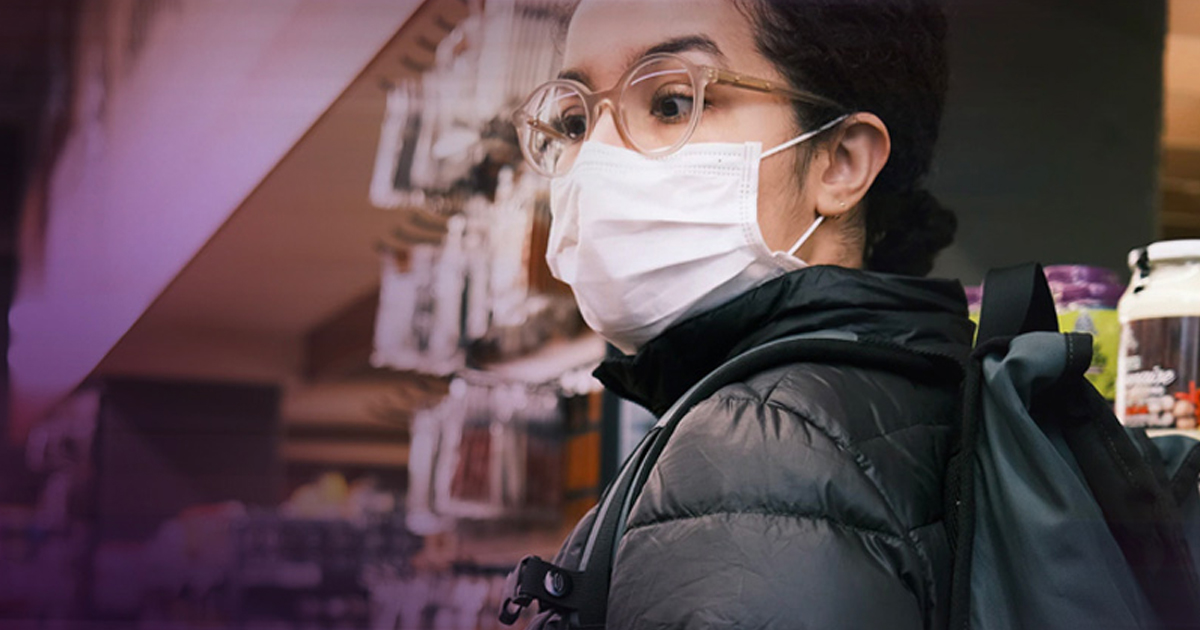Since the beginning of this pandemic, I have been discussing the real impact of COVID-19 with several industrial leaders and experts as well as the café operators (Safely through the phone and video conference). With this firsthand experience, I felt compelled to pen my observations on the situation. I perceive that there will be a sea of change in both the customers expectation and behavior, as well as from the operator’s expectation management.
Consumer
The profound impact on the food industry is driven largely from the food consumer point of view. As we all may notice from our own perspective as customers, there are already several changes in our approach to consumerism and behavior in terms of food intake.
Health consciousness:
Concern over health and food has always been interlinked. In the recent past, more patrons have started focusing on healthy eating habit through new diet-based trends (Paleo, Keto, vegetarianism, veganism) or conscious consumption of organic, gluten free and farm to table. The focus on healthy eating habits will continue and accelerate. Consumers will want to know more details about what they are eating, creating a surge in ‘information demand’.
Online delivery:
The likes of Amazon and Uber Eats represent a major shift in purchasing items online. COVID-19 has given the remaining unadopted customers a crash course in online ordering of food. This trend is likely to continue as more customer will start following the delivery to home and online payment trend.
Take out & Curb Side pickup:
Curb-side pick-up offers the best options to most consumers. It’s convenient, the food is hotter, cost cheaper than online ordering and there is no third-party handling the food. The affable nature of minimal touch takeout and curbside pick-up options will increase in popularity.
Food safety, Nutrition and Wellness:
There will be an upward trend in consumer expectation on information related to food health and safety. With increased efforts from the patrons to eat a healthy diet and maintain a physically active lifestyle to keep their immune system strong, more consumers will start expecting restaurants, grocery chains and cafes to display details of the nutrition, allergens and dietary information of the food on the premises before they buy and consume. This can be done manually, but ideally through digital signage in the premise as well as expect to see details of the nutrition, allergens and dietary information of the food they buy and consume.

Food service operator
Food service and café operators will have a major role in adapting to customers need. Some of these adjustments will become more permanent and will force other operators to adapt. Food service operators will need to implement a seismic shift in their operations, as well in their overall business.
Chef driven brands and fine dine takeout:
Chef and Brand driven food have been on the rise, but many of these restaurants have traditionally done little take-out or delivery. Yet consumer demand for branded fine dining will continue, but so will their desire for take-out and delivery. From the higher-end restaurants and café operators’ point of view, this shift will cause them to work quickly to expand their take-out and delivery menus, packaging and services.
Industry downsizing and fewer units’ openings:
Everyone at this moment agrees that the number of total food service units will get consolidated and will decline. Many restaurants are closing or filing for bankruptcy with no plans to open their doors again. Additionally, chains are closing poorer performing units that simply are no longer viable.
Industry contraction is expected in total restaurant units and most likely in the value-chain that supports the industry, including distributors, brokers, service companies and suppliers. We are expected to see unit expansion plans curtailed as chains focus on rebuilding their existing business and spend resources on rehiring, marketing and promotions.
Increased domestic/local sourcing:
Another change we expect to see is an increase in local and domestic sourcing. Foreign sources will be depended on less now that they are perceived to be riskier. This is good news for domestic suppliers, but they must ensure their portfolios and capabilities can meet the expectations of operators.
Fewer items in the restaurant:
Simplifying the operation reduces sourcing risks and is easier to manage. Moving forward, we can expect that operators will seek to “do more with less.” Smaller kitchens with less storage will cut back on the restaurant footprint and work less with high-quality SKUs and more with ingredients that can be developed into multiple menu items.

Conclusion
In times of rapid and drastic change, those who are quick to adjust will lead the way for the industry to follow. While so many consumers, operators and manufacturers are undoubtedly taking things day-by-day, it’s important to remember that we also must look to the future to determine the best course of action moving forward.



